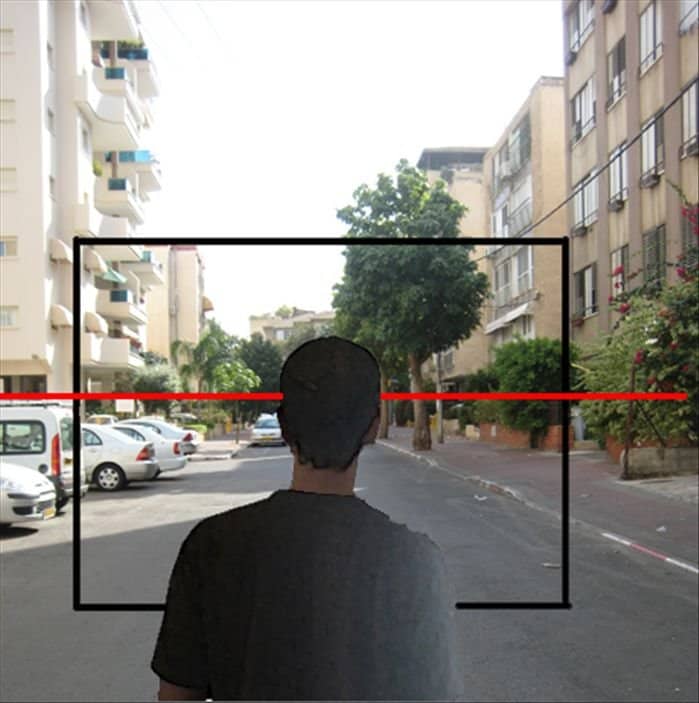Photography Secrets: How the Right Angle Can Change Everything
In photography, the angle refers to the position and direction from which a photographer captures a subject. The angle you choose can dramatically influence how the subject looks and how the viewer perceives the image. Different angles create different effects, adding depth, emotion, and drama to your photos. In this guide, we’ll explore several key camera angles that every photographer should know.

1. Eye Level (Neutral Perspective)
The eye-level angle is the most straightforward and natural. As the name suggests, this angle places the camera at the same level as the subject’s eyes. It provides a neutral, balanced perspective and is the most commonly used in portrait photography.
- When to use it: This angle works well for everyday situations, portraits, and any time you want to capture the subject without exaggerating their size or stature. It creates a connection between the subject and the viewer.

2. High Angle (Looking Down)
A high angle is when the camera is positioned above the subject, looking down. This angle can make the subject appear smaller, weaker, or more vulnerable. It can also give the viewer a sense of power, as though they are looking down upon the subject.
- When to use it: This angle is often used in storytelling photography to convey vulnerability, inferiority, or even isolation. It’s also great for capturing wide landscapes or crowds, offering a broader context.
3. Low Angle (Looking Up)
The low angle is taken from below the subject, with the camera pointing upward. This angle has the opposite effect of the high angle: it can make the subject appear larger, more powerful, or more imposing. It gives the impression of dominance or grandeur.
- When to use it: This is the ideal angle for emphasizing the strength or authority of a subject, such as in architecture or portraiture. It’s also a common technique in action shots or scenes where you want to depict the subject as larger-than-life.
4. Bird’s-Eye View (Overhead Perspective)
A bird’s-eye view refers to a shot taken from directly above the subject, as if from the perspective of a bird in flight. This angle offers a comprehensive view of the scene, often providing a broader context or showing patterns that aren’t immediately visible from the ground.
- When to use it: This angle works well in group shots, architectural photography, and when you want to show the relationship between objects in the environment. It can also be useful in capturing geometric patterns or symmetry from above.
5. Worm’s-Eye View (Looking Up from the Ground)
The worm’s-eye view is the opposite of the bird’s-eye view. In this case, the camera is placed very low to the ground, looking upward. This angle exaggerates the height of subjects, often making them appear towering or majestic. It’s a dramatic perspective that can add a sense of awe or wonder.
- When to use it: This angle is great for emphasizing scale, such as when photographing tall buildings, trees, or monuments. It’s also effective in creating a sense of power and importance, especially in portrait photography.
6. Dutch Angle (Tilted Horizon)
A Dutch angle (also known as a canted angle) involves tilting the camera sideways, so the horizon line is not level. This creates a sense of imbalance, tension, or unease in the image.
- When to use it: This technique is often used in creative, artistic, or dramatic photography, particularly when trying to evoke feelings of instability, confusion, or disorientation. It’s commonly seen in cinematic shots and action sequences.
Conclusion: The Power of Perspective
Choosing the right camera angle can have a profound effect on your photos. Each angle offers a unique way to frame your subject, tell a story, and convey a mood. Whether you’re aiming for a natural, neutral feel or trying to create a sense of drama, understanding camera angles allows you to communicate more effectively with your audience.
Next time you’re out with your camera, experiment with these angles to discover new perspectives and elevate your photography!
0 Komentar